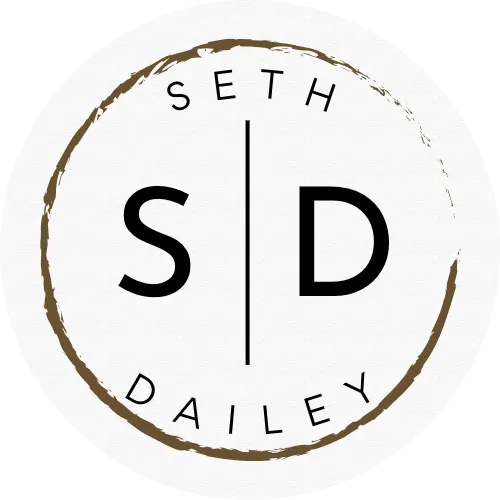
Empowering Financial Literacy: 11 Essential Terms Every Small Business Owner Should Know
Introduction:
Navigating the financial landscape is a crucial aspect of running a successful small business. Equipping yourself with a solid understanding of key financial terms not only enhances your decision-making skills but also positions your business for sustainable growth. Here are 11 financial concepts that every small business owner should familiarize themselves with:
Above the Line / Below the Line Expenses: This concept distinguishes between essential business expenses (above the line) and discretionary or "owner perks" expenses (below the line). Understanding this differentiation is vital for clear communication with your team about cost management and financial planning.
Months of Reserves: Assessing your financial runway in terms of time (months of reserves) rather than just dollars offers a more tangible perspective on your business's sustainability. This approach encourages prudent financial management and preparedness for income fluctuations.
Horizontal Income: Synonymous with passive income, horizontal income refers to earnings generated through asset investments and strategic decisions rather than direct labor. Cultivating sources of horizontal income can lead to financial freedom by providing consistent, effort-independent cash flow.
Financial Freedom %: This metric represents your monthly passive (horizontal) income as a percentage of your monthly expenses. Achieving a ratio where passive income surpasses expenses is a milestone in attaining financial independence.
3 Types of Budgets: Survival, Stability, Success: Applying these budget categories to both personal and business finances can help you navigate different economic climates, from bare-bones survival to achieving success and growth.
740 Credit Score: Contrary to philosophies that downplay the importance of credit scores, aiming for a score of 740 or above can significantly benefit financial options and opportunities for yourself and your loved ones.
The Cash Flow Quadrant: Introduced by Robert Kiyosaki, this framework categorizes earnings into four quadrants: Employee, Self-Employed, Business Owner, and Investor. Identifying where you currently stand can guide you towards strategic decisions for financial growth.
4 Bank Accounts, 3 Credit Cards, 2 Types of Financial Reports: Essential financial organization includes maintaining specific bank accounts and credit cards for various purposes and regularly reviewing two key types of financial reports for comprehensive insight into your financial health.
The Rule of 72: A simple formula to estimate the doubling time of an investment based on its annual rate of return. Divide 72 by the return rate to determine the number of years needed for your money to double.
Augusta Rule: A tax strategy that allows you to rent your home to your business for a limited number of days annually, thus deducting the rental's fair market value. This can be leveraged for client events or staff retreats, offering tax benefits.
$13,850 - Dependent Child Income Limit: Understanding the income threshold for dependent children can inform strategies to involve them in your business activities legally and beneficially, up to this earning limit without requiring them to file a tax return.
For small business owners, mastering these financial concepts is not just about improving your bottom line; it's about building a resilient foundation that supports growth, innovation, and personal satisfaction. Incorporating these principles into your business strategy and financial planning will empower you to navigate the complexities of entrepreneurship with confidence and clarity.

